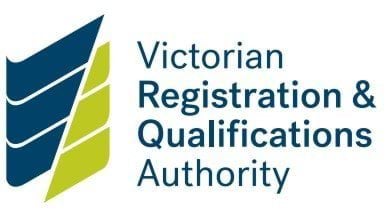Steps to compliance
1. Develop
Develop a policy or statement that identifies the school’s strategies and actions to establish a culturally safe environment for Aboriginal children and young people. See examples under ‘Further resources’.
Schools can use their Child Safety and Wellbeing Policy or another document.
Make sure the policy or statement has an explicit commitment to identify, confront and address racism. This may require updates to other policies that reference expected standards of behaviour for staff and students.
2. Endorse
The school governing authority must endorse the policy or statement.
3. Implement
Compliant schools:
- ensure staff, students, volunteers and the school community understand the importance of Aboriginal culture to the wellbeing and safety of Aboriginal students
- implement actions and strategies listed in policies
- encourage and support student’s ability to express their cultural rights
- actively support participation and inclusion of Aboriginal students and their families.
Examples of common non-compliance
- A school does not develop a policy or statement because they have no Aboriginal students.
- The policy or statement has commitments to cultural safety, but no strategies and actions.
- A policy or statement covers cultural safety generally and does not cover Aboriginal students and their families.
- The policy or statement is good, but there is little or no evidence the school implements the actions and strategies.
Updated


